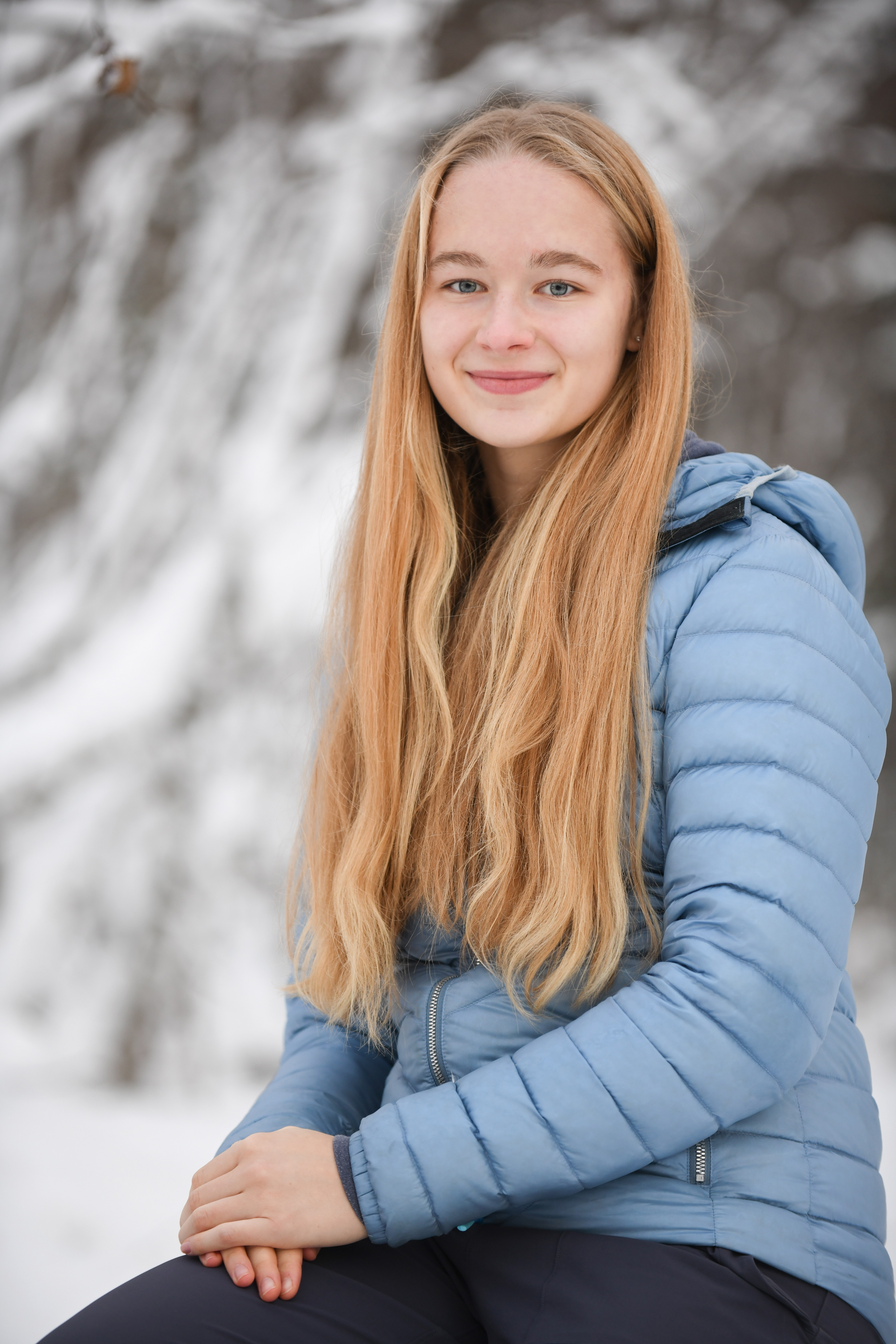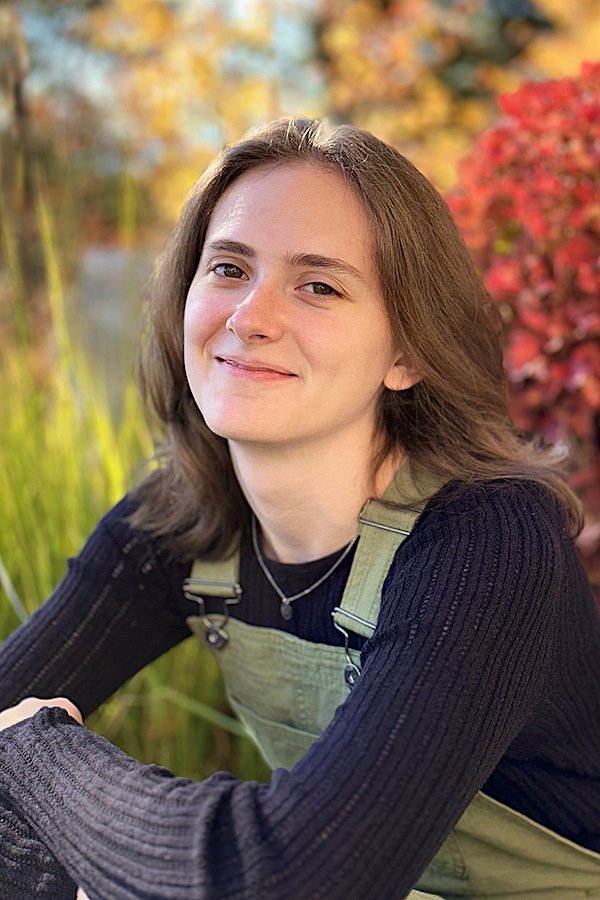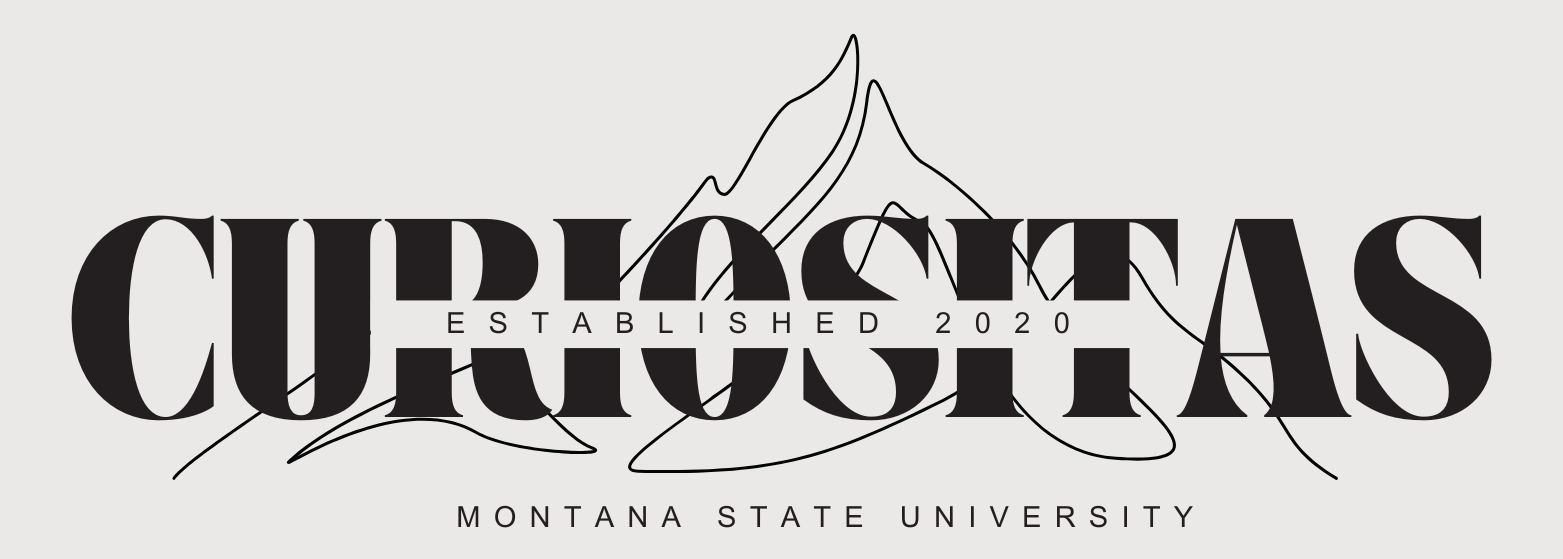Our Mission:
Curiositas is a fundamentally interdisciplinary project. We are proudly hosted by Undergraduate Research and the student-run Undergraduate Research Council.
Submissions for 2026 are now being accepted. Submission deadline: January 30, 2026
Guidelines for Submissions:
Types of Submissions
- Research Papers
-
- Content: Appropriate to academic field. Present original findings, analyses, or reviews of existing literature.
-
- Papers are welcome from students in all MSU colleges including English, nursing, engineering, anthropology, range management, biology, and more.
-
- Guidelines: Use a clear thesis, evidence, and scholarly citation style appropriate to your field where applicable.
- Length: 1,000–3,000 words.
- Storytelling/Creative Writing/Exposés
-
- Content: Submissions may include, but are not limited to:
-
-
- Poetry
-
-
-
- Short stories
-
-
-
- Narratives
-
-
-
- Personal reflections
-
-
-
- Visual storytelling (e.g., photo essays, comics)
-
-
-
- And more: if you have questions about how your work fits in, please contact us at undergradresearch@montana.edu
-
-
- Theme is open, with works preferred which show people and nature in their complexity and unexpectedness.
-
- Length: No minimum-3,000 words (written works) or equivalent for visual content.
-
- Guidelines: Submissions should offer depth and insight, engaging the audience through storytelling or artistic expression.
- Research Reflection
-
- Content: Explanation of the experience of research. This article will not necessarily report the findings of the work, rather the process and the emotional and social aspect of conducting research. This work should be broadly engaging.
-
- Length: 1,000-2,500 words.
-
- Guidelines: Submissions should offer a storytelling feel. For questions about how your work fits in, please contact us at undergradresearch@montana.edu
- Cover Art
-
- Theme: Research, discovery, or curiosity.
-
- Format: Digital or high-resolution images suitable for print.
-
- Guidelines: Art should include a short description (<500 words) explaining how it reflects the theme.
Review Process
- All submissions are peer-reviewed by our editorial board.
- Authors will receive feedback and may be asked to revise their work for clarity or adherence to guidelines.
Previous Publications:
Our Editorial Team:

Emily Moss
Editor
Emily is a first-year student at MSU studying biological engineering and is originally from Kasilof, Alaska. She is passionate about hands-on, interdisciplinary learning and wants to make learning and research fun and accessible. Outside of academics, she enjoys Nordic skiing, cycling, podcasts, and getting outside. After her bachelor's, Emily hopes to pursue synthetic biology and astrobiology.

Taylor Pooton

